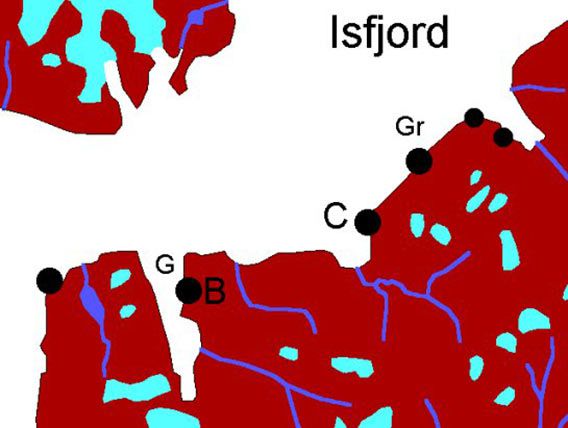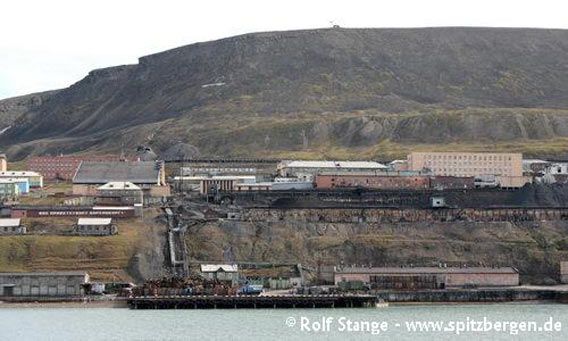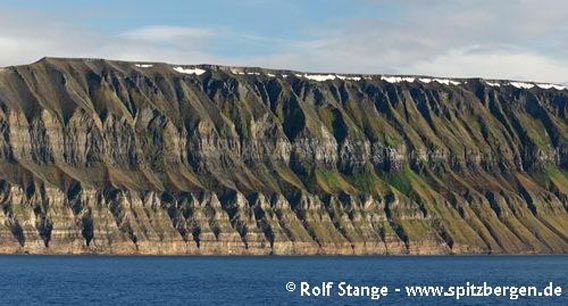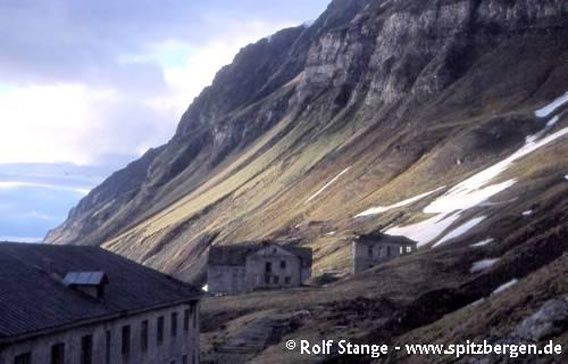-
current
recommendations- Liefdefjord
New page dedicated to one of Spitsbergen's most beautiful fjords. Background information and many photos.
- New Spitsbergen guidebook
The new edition of my Spitsbergen guidebook is out and available now!
- Liefdefjord
New page dedicated to one of Spitsbergen's most beautiful fjords. Background information and many photos.
Seitenstruktur
-
Spitsbergen-News
- Select Month
- April 2024
- March 2024
- February 2024
- January 2024
- December 2023
- November 2023
- October 2023
- September 2023
- August 2023
- July 2023
- June 2023
- May 2023
- April 2023
- March 2023
- February 2023
- January 2023
- December 2022
- November 2022
- October 2022
- September 2022
- August 2022
- July 2022
- June 2022
- May 2022
- April 2022
- March 2022
- February 2022
- January 2022
- December 2021
- November 2021
- October 2021
- September 2021
- August 2021
- July 2021
- June 2021
- May 2021
- April 2021
- March 2021
- February 2021
- January 2021
- December 2020
- November 2020
- October 2020
- September 2020
- August 2020
- July 2020
- June 2020
- May 2020
- April 2020
- March 2020
- February 2020
- January 2020
- December 2019
- November 2019
- October 2019
- September 2019
- August 2019
- July 2019
- June 2019
- May 2019
- April 2019
- March 2019
- February 2019
- January 2019
- December 2018
- November 2018
- October 2018
- September 2018
- August 2018
- July 2018
- June 2018
- May 2018
- April 2018
- March 2018
- February 2018
- January 2018
- December 2017
- November 2017
- October 2017
- September 2017
- August 2017
- July 2017
- June 2017
- May 2017
- April 2017
- March 2017
- February 2017
- January 2017
- December 2016
- November 2016
- October 2016
- September 2016
- August 2016
- July 2016
- June 2016
- May 2016
- April 2016
- March 2016
- February 2016
- January 2016
- December 2015
- November 2015
- October 2015
- September 2015
- August 2015
- July 2015
- June 2015
- May 2015
- April 2015
- March 2015
- February 2015
- January 2015
- December 2014
- November 2014
- October 2014
- September 2014
- August 2014
- July 2014
- June 2014
- May 2014
- April 2014
- March 2014
- February 2014
- January 2014
- December 2013
- November 2013
- October 2013
- September 2013
- August 2013
- July 2013
- June 2013
- May 2013
- April 2013
- March 2013
- February 2013
- January 2013
- December 2012
- November 2012
- October 2012
- September 2012
- August 2012
- July 2012
- June 2012
- May 2012
- April 2012
- March 2012
- February 2012
- January 2012
- December 2011
- November 2011
- October 2011
- September 2011
- August 2011
- May 2011
- April 2011
- March 2011
- February 2011
- January 2011
- December 2010
- November 2010
- September 2010
- August 2010
- July 2010
- June 2010
- May 2010
- April 2010
- March 2010
- February 2010
- November 2009
- October 2009
- August 2009
- July 2009
- June 2009
- May 2009
- April 2009
- March 2009
- February 2009
- January 2009
- December 2008
- November 2008
- October 2008
- August 2008
- July 2008
- June 2008
- May 2008
- April 2008
- March 2008
- February 2008
- April 2000
- Select Month
-
weather information

| THE Spitsbergen guidebook |
Grønfjord/Barentsburg-Colesdalen-Grumantbyen

G = Grønfjord, B = Barentsburg, C = Colesbukta/Colesdalen, Gr = Grumantbyen
General: Southern coast of the Isfjord with an active and several abandoned Russian coal mining settlements. The future may see a new Russian coal mine in the Colesdalen, which is one of the richest tundra areas of Svalbard. Barenburg is still an active Russian mining settlement and one of the most popular (or, to be more precise, one of the most frequently visited) tourist destinations in Svalbard. It is a daytrip both in the summer by boat and in the winter with snowscooters.
The area has nice tundra and good hiking opportunities.

Barentsburg.
Geology: Solid bedrock consists of mostly horizontal strata of the lower Tertiary, the youngest solid bedrock of Svalbard. There are alternating layers of sand-, silt- and claystone; the sandstones are coal-bearing and partly rich in fossils (imprints of leaves like from hazelnut trees etc.). The change from sand- to claystone is due to changing relative sea level and thus of changing depositional environment from deltaic to deeper shelf and can nicely be seen in the slopes, especially when you ascend one of the few mountains towering above the wide-ranging plateau, which is 4-500 metres high. In some of the sandstones, you can find nice ripple marks and other sedimentary structures.
The strata are mostly horizontal and tectonically undisturbed, but there are some smaller faults. A thrust cuts the rocks just east of Grumantbyen and is nicely visible from the Isfjord. This fault caused difficulties for the Russian mine in Grumantbyen, which was one of the reasons for closing the mine in 1962. In Barentsburg, mining of the coal which is mined several hundred metres below sea level is continued until today.

Fuglefjellet between Bjørndalen and Grumantbyen with horizontal sedimentary layers which are dissected by erosion, thus forming protruding towers.
Recommended book for further, well-digestable (really!) info about geology and landscape of Svalbard.
Landscape: Characteristic plateau-shaped mountains with wide plateaus in an elevation between 400 and 600 metres. Few mountains tower above this plateau and reach a good 1000 metres above sea level; otherwise, the rocks once covering the whole plateau have been eroded. The area is mostly unglaciated and has some of the largest ice-free valleys of Svalbard (Fardalen, Colesdalen, Grøndalen, Reindalen). The valley bottoms are mostly occuppied by braided rivers, the larger branches of which can be difficult to cross (especially Adventdalen, Sassendalen, Reindalen, but other rivers can also be difficult depending on weather, season etc. Never try to cross with bare feet!). The net-like rivers of these rivers form aestetic patterns, which are especially nice when seen from an elevated position. Another specialty of the large, ice-free valleys are pingos: permafrost phenomena consisting of large, ice-filled cones, up to 30-40 metres high. Pingos are abundant, for example, in Adventdalen, Reindalen and Grøndalen.
Flora and Fauna: The tundra near the coast belongs to the richest tundra areas of Svalbard, especially in Bjørndalen and Colesdalen. Reindeer are accordingly abundant. Steep cliffs near the coast are home to seabird colonies, such as Fuglefjellet between Grumantbyen and Bjørndalen. A faunistic specialty in Svalbard, which is otherwise free of rodents, are mice which live in the settlements. Surprisingly, they have survived until today in Grumantbyen, although the settlement was abandoned in 1962. They have not spread beyond the area of the old buildings.
History: The Isfjord was one of the first parts of Spitsbergen to be discovered and used extensively. The name Hollenderdalen tells already that Dutch whalers from the 17th century frequented the area, which was later used by both Pomors and Norwegian trappers. At Finneset south of Barentsburg, there was a whaling station in the early 20th century, which featured a radio station for communication with the mainland. The radio station was in 1933 moved to Kapp Linné because of a topography which was more suitable for radio communication.
As is evident from the name, Barentsburg was originally founded by a Dutch mining company, but quite soon it was sold to the Russians. At the moment, it is the only active Russian mining settlement in Spitsbergen, although mining activities are currently declining here. In 2005, there were only 600 people living in Barentsburg, mostly from Ukraina, where there are coal mines with a similar geology. Trust Arktikugol, the mining company which is owned by the state, also used to run a mine in Grumantbyen, which once was the largest settlement of Spitsbergen with a good 1200 inhabitants, which is hard to believe when you see the few houses which are left at the steep coast. The mine and consequently also the settlement were abandoned in 1962. Because of the lack of suitable anchoring positions and harbour facilities at Grumantbyen, the coal was shipped from Colesbukta. The old settlement there was the harbour for Grumantbyen. The future may see a new Russian coal mine in Colesbukta, possibly with road connection to Barentsburg. Neither a mine in Colesdalen, which is an area with extremely rich tundra, nor a road would be desirable from an environmental position.

Grumantbyen (1999).
BOOKS, CALENDAR, POSTCARDS AND MORE
This and other publishing products of the Spitsbergen publishing house in the Spitsbergen-Shop.
last modification: 2013-10-11 ·
copyright: Rolf Stange




































